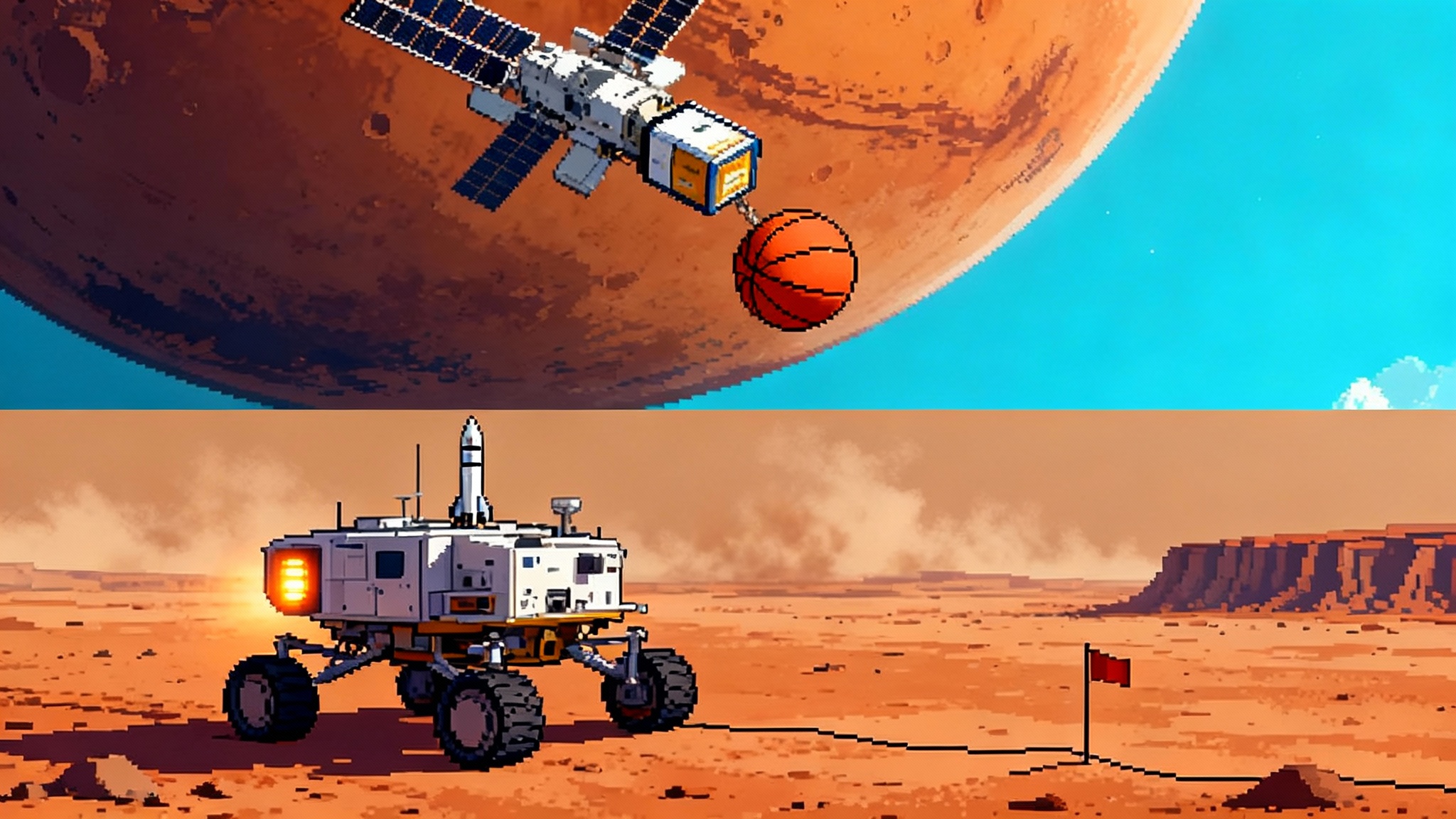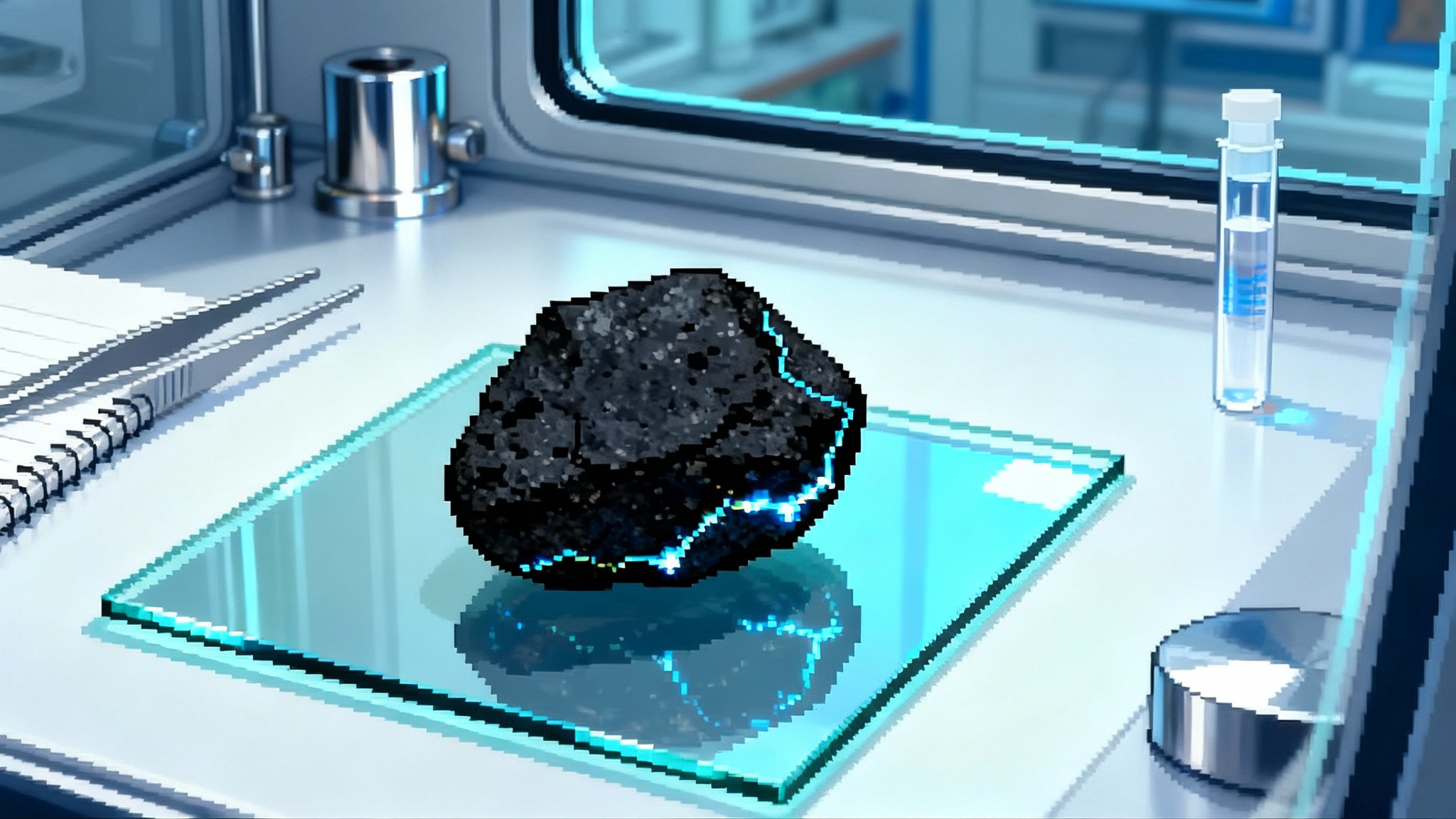Mars Sample Return 2.0: Industry's Fast Track to the 2030s
NASA's 2025 reboot invites firm fixed price, industry-led architectures. From a lean Lockheed lander to a potential Starship-assisted delivery, the new playbook aims to bring Perseverance's samples home in the 2030s while cutting cost and risk.

The 2025 shakeup that changed the mission
In early 2025, NASA reset Mars Sample Return and invited industry to lead with firm fixed price proposals. NASA outlined two parallel landing options that will run through formulation, with a down select planned for the second half of 2026. The goal is straightforward: return about 30 tubes in the 2030s at lower cost and complexity than the legacy plan that was drifting toward a 2040 arrival.
The reset sharpened the engineering trade space. Both candidate landers use a smaller Mars Ascent Vehicle and swap solar arrays for radioisotope power to ride out dust season while maintaining thermal margins on ascent propellants. ESA’s Earth Return Orbiter remains the catcher’s mitt in Mars orbit and the courier home.
Rival designs, simplified playbooks
A leading example of the new mindset comes from Lockheed Martin. In June 2025 the company publicly floated a firm fixed price mission under 3 billion dollars built around a compact lander, a lighter ascent stage, and a small Earth entry capsule that leans on heritage. Lockheed proposed a firm fixed price MSR concept that echoes lessons from InSight and capsule know-how familiar from missions like the OSIRIS-REx sample findings.
SpaceX and others are studying a heavy delivery family of concepts in which a single large platform lands the ascent vehicle, transfer hardware, and support systems in one shot. The appeal is fewer surface operations. The challenge is operational: on-orbit cryogenic refueling at scale must move from demonstration to reliable cadence before it can carry Mars logistics.
Propulsion suppliers are also focusing on the hardest piece of MSR: the Mars Ascent Vehicle. Solid and hybrid options with long-term storability and robust ignition are favored for their simplicity and high readiness.
The timeline to the 2026 down select
- Through mid 2025: Industry and NASA iterate designs, trading lander mass, sample loading flow, ascent margins, and planetary protection implementation.
- Late 2025: Cost and schedule ranges are refined for both landing approaches, with earliest credible returns in the mid 2030s if funding stays stable.
- First half 2026: Technology sprints prove must-have items, including motor firings in Mars-relevant thermal conditions and radioisotope power qualification for dust season operations. Any heavy landing option depends on demonstrated orbital refueling milestones and tanker cadence.
- Second half 2026: NASA confirms the program design and down selects one surface architecture. ESA finalizes Earth Return Orbiter integration to match the chosen plan.
The must-prove technologies
- In-space refueling at scale. If a Starship-assisted delivery is part of the plan, multi-tanker cryogenic transfers, boil-off management, and fast turnaround must be shown in practice.
- High-TRl MAV propulsion. Solid or hybrid systems with clean, reliable ignition after months of dormancy are the conservative center of gravity. Full-duration firings at temperature and flight-like sequence tests are essential.
- Radioisotope power for dust season. Steady heat and power simplify the lander’s thermal path and eliminate solar array vulnerability during low-insolation periods.
- Capture, containment, and return. Rendezvous with a basketball-sized container in Mars orbit demands integrated guidance, capture, and biosecure handling all the way to Utah recovery.
- Planetary protection and the receiving lab. Early site selection, design, and long-lead procurements for the Sample Receiving Facility reduce the risk that ground readiness becomes the pacing item.
Cost, risk, and what fixed price might really buy
Firm fixed price is more than a contract type. It is a design discipline that rewards fewer interfaces, higher heritage, and faster qualification. A lean architecture that reduces moving parts is the only credible path to cutting both cost and schedule. The trade is that scope must stay tight and the riskiest tech must be demonstrated before award.
Why an accelerated MSR matters beyond samples
- It validates a logistics chain that crewed missions will reuse. Heavy cargo delivery, long-span surface power, ascent from Mars, orbital rendezvous, and high-speed Earth entry form the skeleton of a crewed campaign. For a parallel example of commercial hardware accelerating Mars work, see New Glenn's ESCAPADE Mars sprint.
- It forces world-class curation infrastructure. Building and operating a biosecure, ultraclean receiving facility sets the standard for handling off-world materials and speeds time to science, informed by lessons from the OSIRIS-REx sample findings.
- It keeps pace in the sample-return race. Global efforts are accelerating, as missions like Tianwen-2 sample return race push capabilities that MSR can leverage and surpass.
The path from here
- Freeze the MAV motor configuration early and fund full-up firing campaigns in Mars-relevant thermal conditions by mid 2026.
- Qualify the lander’s radioisotope thermal performance through a dust season equivalent run. Treat thermal margins as performance, not padding.
- If pursuing a heavy landing option, tie the concept to demonstrated multi-tanker refueling milestones and a published cadence that meets the 2026 decision window.
- Lock the Sample Receiving Facility site, begin design, and pre-procure gloveboxes and metrology lines so ground readiness never becomes the critical path.
The prize is not just a tray of rocks. It is a faster, cheaper, well-rehearsed logistics chain to Mars that doubles as scaffolding for the first crewed expeditions. Keep the architecture tight, keep the demonstrations real, and Perseverance’s samples can kick off a practical Moon-to-Mars pipeline that runs on time.








